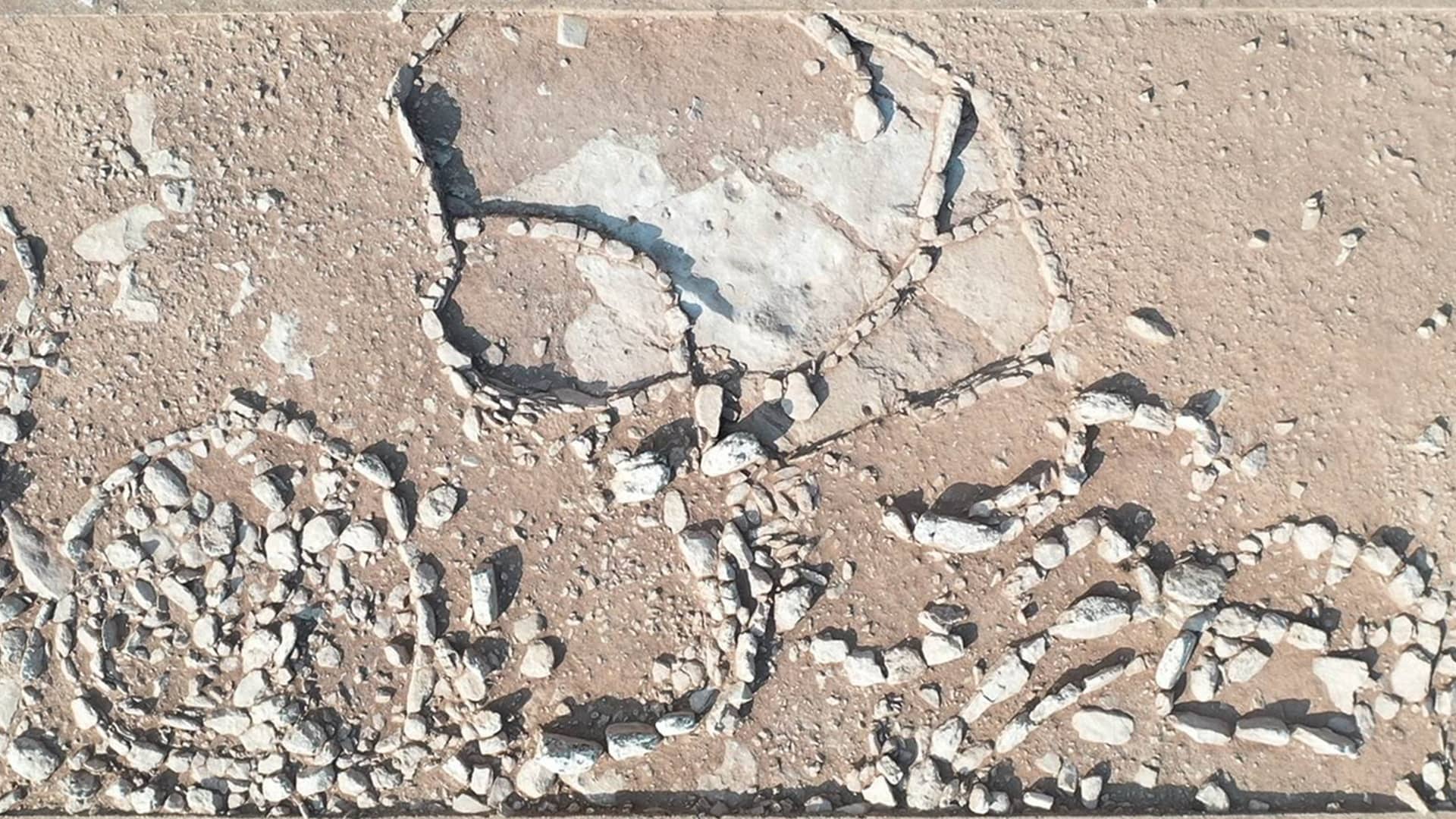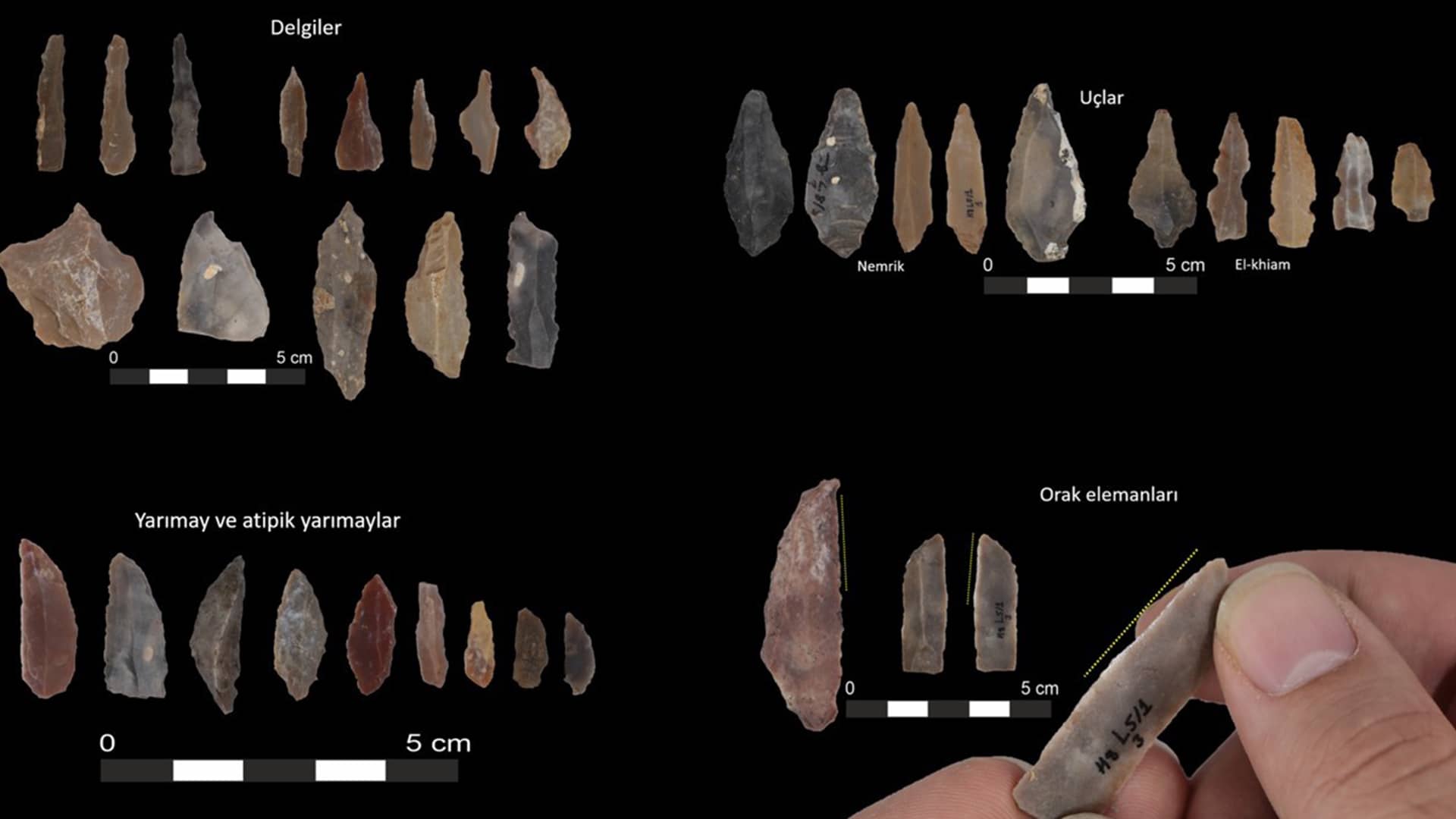

destinations
Çakmaktepe
Çakmaktepe unveils a significant chapter in Anatolian history, predating Göbeklitepe and revealing the earliest traces of settled life in the region. The presence of intricately carved structures into the bedrock, exceeding 15 meters in diameter, signifies that even during the initial phases of transitioning to settlement, hunter-gatherer societies not only sought sustenance but also placed considerable importance on social ties and communal life.
Located on the Fatik Mountains near the village of Ödüllü in the Eyyübiye district, approximately 20 km southwest of Şanlıurfa, Çakmaktepe has been the focus of excavations. These efforts have unearthed circular pit-based domestic shelters and specialized structures carved into the bedrock. The prevalence of pit-based shelters suggests both a dense population and highly favorable environmental conditions for habitation. The bedrock served as the flooring for these structures, with terrazzo floor experiments conducted on sloped bedrock areas.
Intriguingly, certain buildings contained deliberately positioned wild animal heads at the base of walls, suggesting ritualistic practices. All of these animal heads underwent burning outside the structures before being placed within these spaces.
The presence of sizable structures, exceeding 15 meters in diameter, underscores that hunter-gatherer communities, including those at Göbeklitepe and Karahantepe, prioritized not only sustenance but also social connections. This discovery implies that these unique structures have a much older origin than previously recognized, emphasizing the early existence of communal rituals during the initial stages of settling down. Contrary to earlier assumptions, the findings at Çakmaktepe indicate that settlement layouts, incorporating private structures alongside domestic ones (as seen in Nevali Çori and Çayönü), have roots dating further back than previously believed.
Based on flint chipped stone data, Çakmaktepe is dated to the end of the Epipaleolithic and the onset of the Pottery-Free Neolithic (PPNA). As the oldest identified settlement of settled hunter-gatherers in Anatolia, Çakmaktepe challenges previous notions, revealing that the transition to settled life in the region is far more ancient than previously understood.


